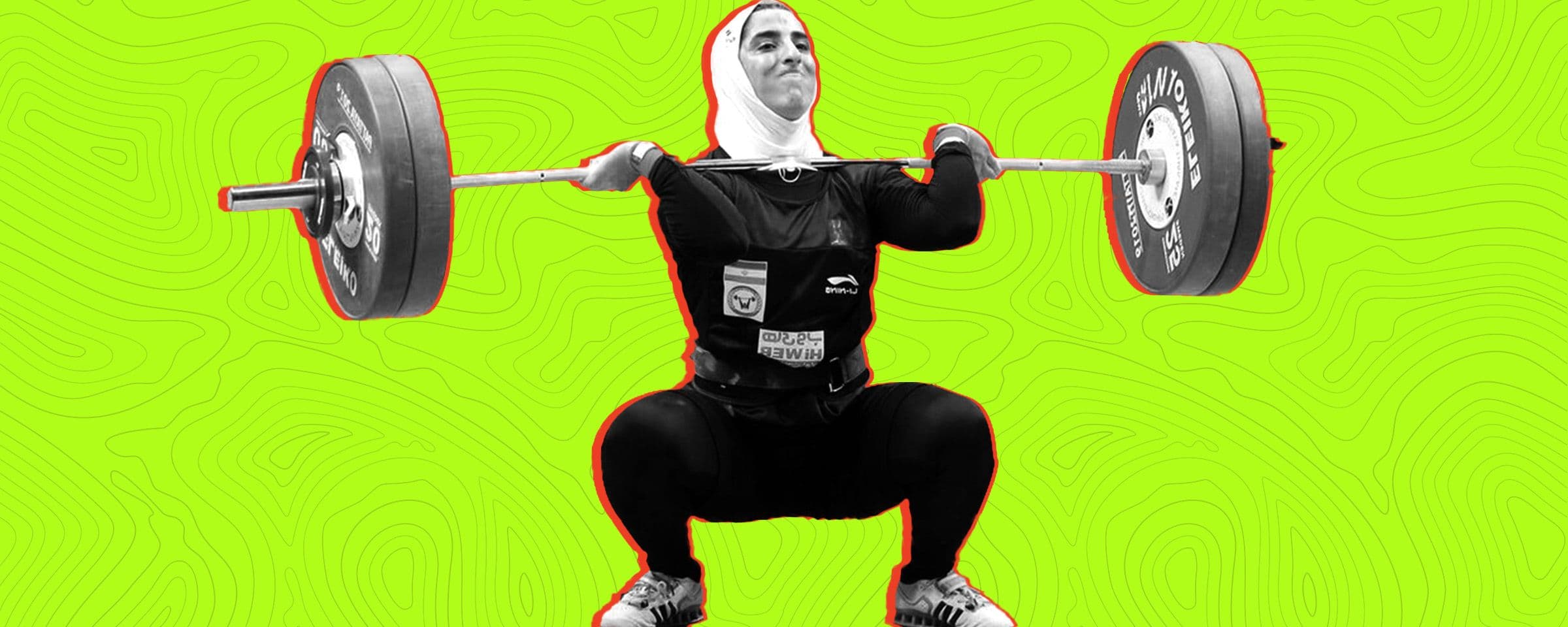Hindu Pushups: Benefits, Form, and Why They’re Better Than Regular Pushups

Introduction
Think about the echoing clang of the kushti arenas, the well-built and athletic bodies of the pehelwans, and the controlled movement of yogic breathing in the Indian akhara. Along with this proud history is a flourishing tradition of which all wrestlers and yogis have long been familiar, the Hindu Push-up or the Dand, a complete body exercise that develops strength, flexibility and endurance without the use of a single piece of gym equipment.
Unlike a standard press-up, Hindu push-ups combine strength and mobility with ancient discipline. Deeply rooted in the martial arts and yoga, this exercise bridges centuries of tradition and modern fitness trends, appealing especially to those looking for park-friendly, equipment-free workouts.
This blog will discuss the numerous Hindu push-up advantages, and how to do them correctly and the best way of incorporating them into your daily lives.
Understanding The Hindu Pushup: What Makes It Unique?
The Hindu Push-up stands out due to its fluid, compound motion engaging multiple muscles and joints. Here’s the full breakup:
-
Starting Posture: Begin in a downward dog stance (Adho Mukha Svanasana), arms and legs extended, high held high.
-
The Dive: Sweep your chest and head forward and downward, hips descending like moving into Bhujangasana.
-
The Scoop: Arch upward, chest forward, and heave upward in a cobra-like posture.
-
Flow Return: Reverse the motion; hips rise, gaze down, and back into the downward dog position.
Also known as ‘Dand’ in Hindi and Sanskrit, this smooth full-body movement combines pressing, pivoting and stretching in one continuous motion, emphasising functional strength, flexibility and coordination.

The Unrivalled Benefits of Hindu Pushups
Holistic Strength
1. Full Body Engagement:
Unlike traditional pushups that isolate the chest and triceps, Hindu pushups involve shoulders, chest, triceps, back, abdominals, hip flexors, glutes and legs; truly a gym equipment free compound movement.
2. Real World Functional Strength:
You build coordinated muscle control useful for lifting, crawling, bending or balancing. This is ideal for physical livelihood, from farming to carpentry and traditional wrestling.
3. Enhanced Mobility and Flexibility:
The fluid arch and dive motion increases mobility in the shoulders, spine, legs and hips. Utilise yoga postures such as downward dog and cobra to improve range of motion; an ideal complement to a modern sedentary lifestyle.
4. Cardiovascular and Stamina Boost:
A continuous flow of movement elevates your heart rate, combining strength and endurance training. Make an addition of 15-20 reps in a row, and this becomes an effective functional cardio routine.
5. Core Strength and Posture:
The dynamic movement engages your core for stability and spine alignment, leading to stronger abs and lower back muscles. These are essential for maintaining good posture and preventing round shoulders or lower back issues.
6. Solo Reliance on Body Weight:
With no need for park gym equipment or dumbbells, these exercises can be done anywhere, from village courtyards to rooftop terraces. These are perfect for fitness on a budget or during lockdowns.
7. Joint-Friendly Compared to Standard Press-Ups:
The shifting angle through the range of motion can ease strain on wrists and shoulders that often occurs during rigid flat push-ups.
8. Mental Focus, Discipline, Stress Relief:
Hindu Pushups are as much a mental exercise as a physical one. Each fluid rep demands focus on breath, position and rhythm. Practitioners report improved concentration, calmer minds, and mental resilience.
9. Time-Efficient Total-Body Workout:
In just five minutes of mindful reps, you will activate the equivalent of a multi-exercise gym circuit, which proves ideal for busy routines or quick park sessions.

Addressing Concerns: Disadvantages of Push-Ups?
Wrist and Shoulder Issues While static press-up strains wrists and shoulders, the dynamic flow of Hindu Pushups realigns weight and reduces pressure. Not doing these in the correct way may cause discomfort.
1. Limited Isolated Strength Gains:
Traditional pushups target the chest and triceps primarily. Hindu pushups aim for full-body fitness. For targeted hypertrophy, supplement with isolating drills.
2. Complexity for Beginners:
The shifting flow may feel awkward initially. Practice in segments, such as downward dog to dive, the scoop, then return before directly combining these.
3. Emphasising Form Over Reps:
All pushups, including the Hindu variant, risk injury. Smooth flow and proper breathing are vital to staying safe and fit.
How to Perform Hindu Pushups Correctly and Safely
Here is a step-by-step guide to perform the Hindu pushups correctly and safely to avoid injury:
- Start in a sturdy downward dog posture.
- Inhale; sweep chest forward and down.
- Exhale as you sweep forward into cobra posture.
- Inhale and reverse the motion back to downward dog.
- Repeat.
Form Tips
- Move with deliberate flow, not jerky or snapping.
- Breath with movement: inhale during the downward phase, exhale during the scoop.
- Keep your wrists and spine aligned; engage your abs and glutes throughout.
Beginner Modifications
- Perform on your knees to reduce weight.
- Shorten the range of motion when diving halfway.
- Segmented practice: downward motion, hold, then return.
Progressions
- Add repetitions and sets gradually.
- Slow the motion for increased time under tension.
- Hold positions at extremes.
- Combine with squats, lunges, and planks for a full circuit.
Warm-Up and Cool-Down
Begin with dynamic arm and leg swings, spinal tests and gentle cat-cow. Finish with static chest, hips and quad stretches.
Integrating Hindu Pushups Into Your Routine
-
Practice Daily: Start with two to three reps and then gradually increase. Maintain consistency and practice daily. This can improve flexibility, discipline and concentration.
-
Warm-Up Routine: Add five reps at the start of the workout.
-
Body Weight Circuit: Combine pushups with squats, planks and lunges or dips for full body sessions.
-
Complementary Fitness: Practice the Hindu pushups alongside running, yoga, martial arts or park workouts for balanced fitness.
-
Track Consistency: Aim for a schedule, create a log for your reps, and monitor improvements in ease and flexibility.
Conclusion
From ancient akharas to your living room floor or balcony, the Hindu pushups offer a powerful path to ancient strength and modern fitness. With no equipment needed and deeply rooted benefits in strength, mobility, endurance and mental calm, it's a tool you can carry everywhere.
Start with a few reps today and take a solid step towards personal fitness. Embrace the flow. Build strength, flexibility and confidence, one rep at a time. So, are you ready to unleash your inner pehelwan?


Age Is Not a Limitation for Fitness - Break Limitations

Fitness for Older Adults - Mobility and Flexibility

10 Weirdest Myths About Weight Training

Exploring Weight Loss Drugs and Their Effects

Sustainable Weight Loss Tips to Achieve Long-Term Fitness Goals

Debunking the Weightlifting Myth – Truth Revealed

International No Diet Day 2025: 10 Amazing Ways to Lose Weight Without Dieting


